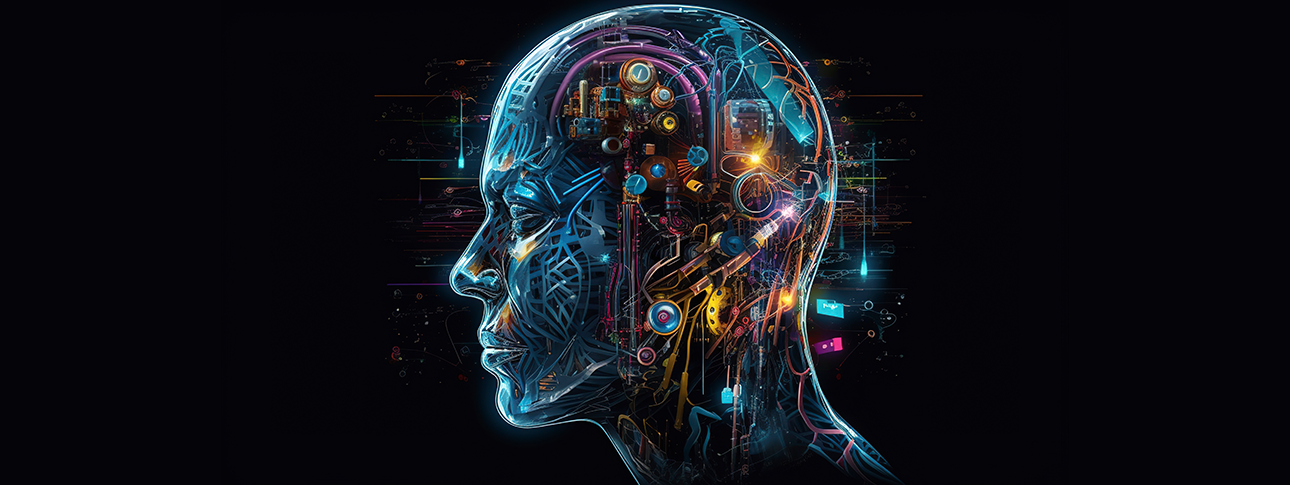
Matrix Transformations, Meditation, and AI: Shifting Paradigms in Dimensions and Perception




Matrix transformations are foundational tools in mathematics and physics that allow us to redefine our perspective of objects and concepts from one dimension to another. They enable us to shift our paradigm. A prevalent illustration of this is transforming a point in a 3-dimensional space, defined by x,y,z, to a point in a 4-dimensional space. This shifting perspective isn't confined just to the realm of mathematics; it's deeply entrenched in the human experience, through practices like meditation. Interestingly, the crossroads of these concepts find applications in artificial intelligence
Before diving into complex transformations, it's vital to grasp the basics of matrix transformations:
Traditionally, we perceive the world through our senses: vision, hearing, taste, smell, and touch. However, meditation offers a profound paradigm shift. Rooted in ancient cultures, meditation trains the mind to transcend our default sensory perceptions, promoting a deeper, holistic understanding of our surroundings. It challenges practitioners to perceive the world in entirely new dimensionality.
Similarly, when viewing our world in terms of a particle's position, momentum, velocity, and angular momentum, matrix transformations help facilitate this perspective shift. Through a 4x3 matrix, we can move from our standard Cartesian coordinates to a fresh, 4D view.
Artificial Intelligence, particularly deep learning, frequently employs matrix transformations:
The core philosophy behind meditation also finds parallels in AI:
Drawing connections between matrix transformations, meditation, and AI showcases the potential for machines to "perceive" in varied paradigms. Humans possess the innate capability to shift their perceptions—be it through mathematical tools or introspective practices like meditation. AI systems, similarly, can redefine their paradigms through algorithms inspired by human endeavors.
The intersection of these fields highlights an intriguing future: one where AI isn't merely a computational entity but is capable of a form of "contemplation." As matrix transformations allow us to view objects from multiple dimensions, meditation opens the doors to deeper understandings beyond sensory perceptions. These ideas, when transposed onto AI, present an avenue where AI doesn't just process data but engages with it on a more profound level.
The harmonization of matrix transformations, meditation principles, and AI signifies the boundless capabilities of both human cognition and machine computation. Through the lens of matrix transformations and meditative practices, we witness a glimpse of AI's potential depth. Both mathematical concepts and introspective practices converge on a similar idea: there's always more than one way to perceive and understand the universe. As we continue to develop AI, imbuing it with such profound human experiences and understandings may usher in an era of more intuitive, perceptive, and holistic artificial intelligence.